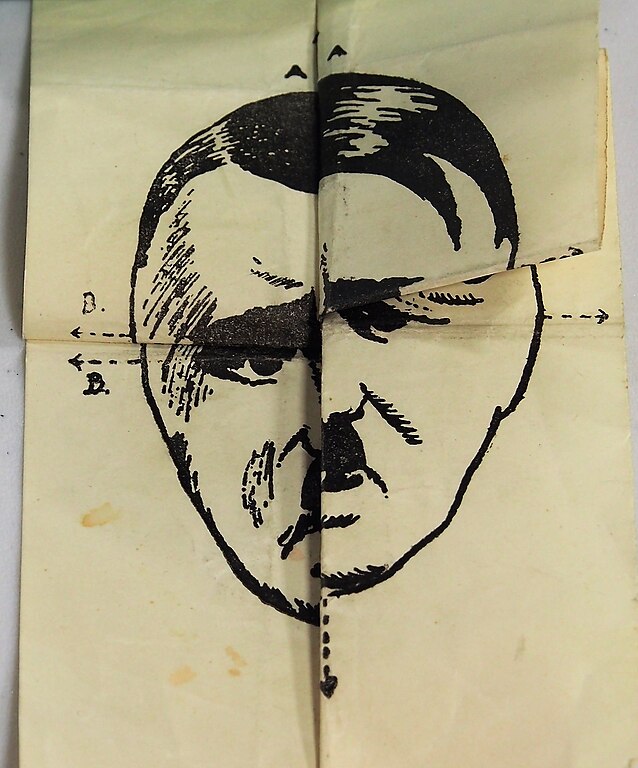Perhaps the most touching story is told by a Canadian, Flight-Commander R. Leckie, D.S.O., in a letter home, published in an American paper. After an engagement with hostile aircraft over the North Sea he came down, his seaplane riddled with shrapnel, over fifty miles from land, and then had to act as rescuer and host to the crew of an aeroplane, wrecked by engine failure. Six men were then adrift in a doomed machine, with no food and little water. The Commander had four pigeons; one was released at once, a second on the next day, a third on the third day. All failed to reach home, perishing over the waste of waters. The fourth, set free in a fog, hungry and thirsty, struggled over the fifty miles of sea without a landmark and without a rest. He could not reach his loft, but fluttered down in a coastguard station, and there fell dead from exhaustion. But his message was delivered, and six men were saved.
— Bird Notes and News, Winter 1918









